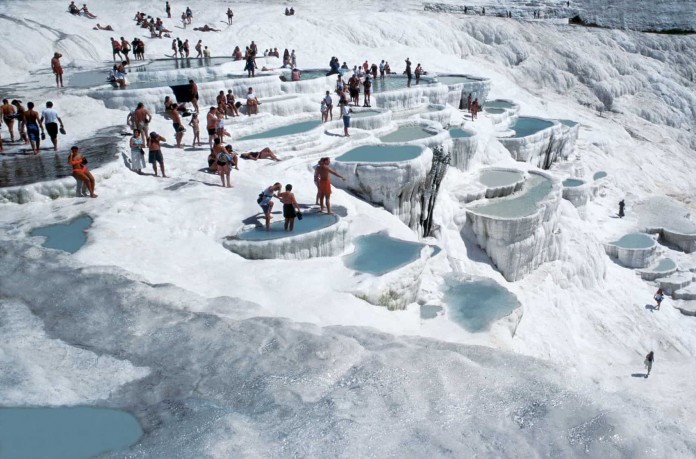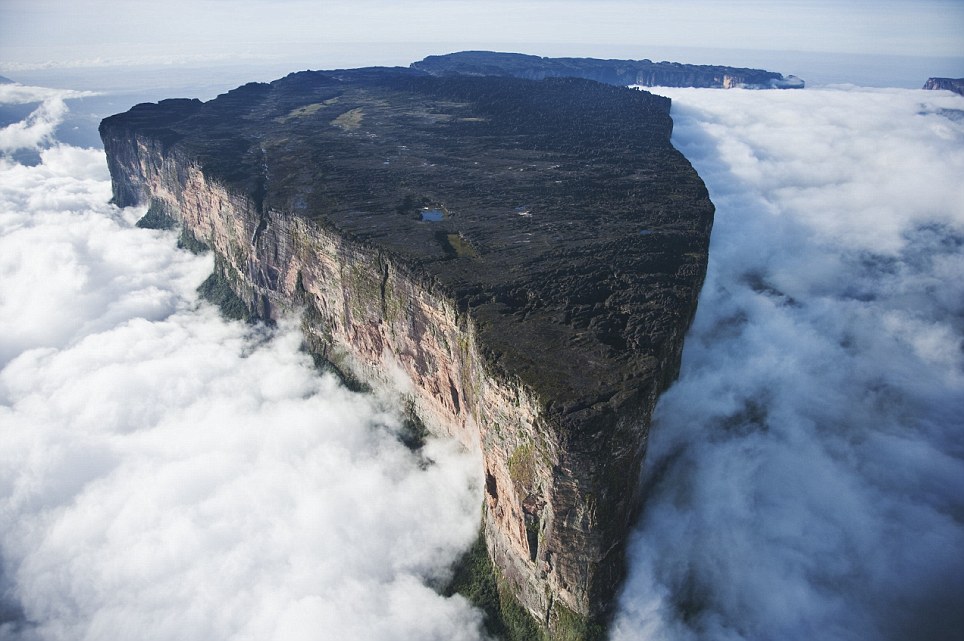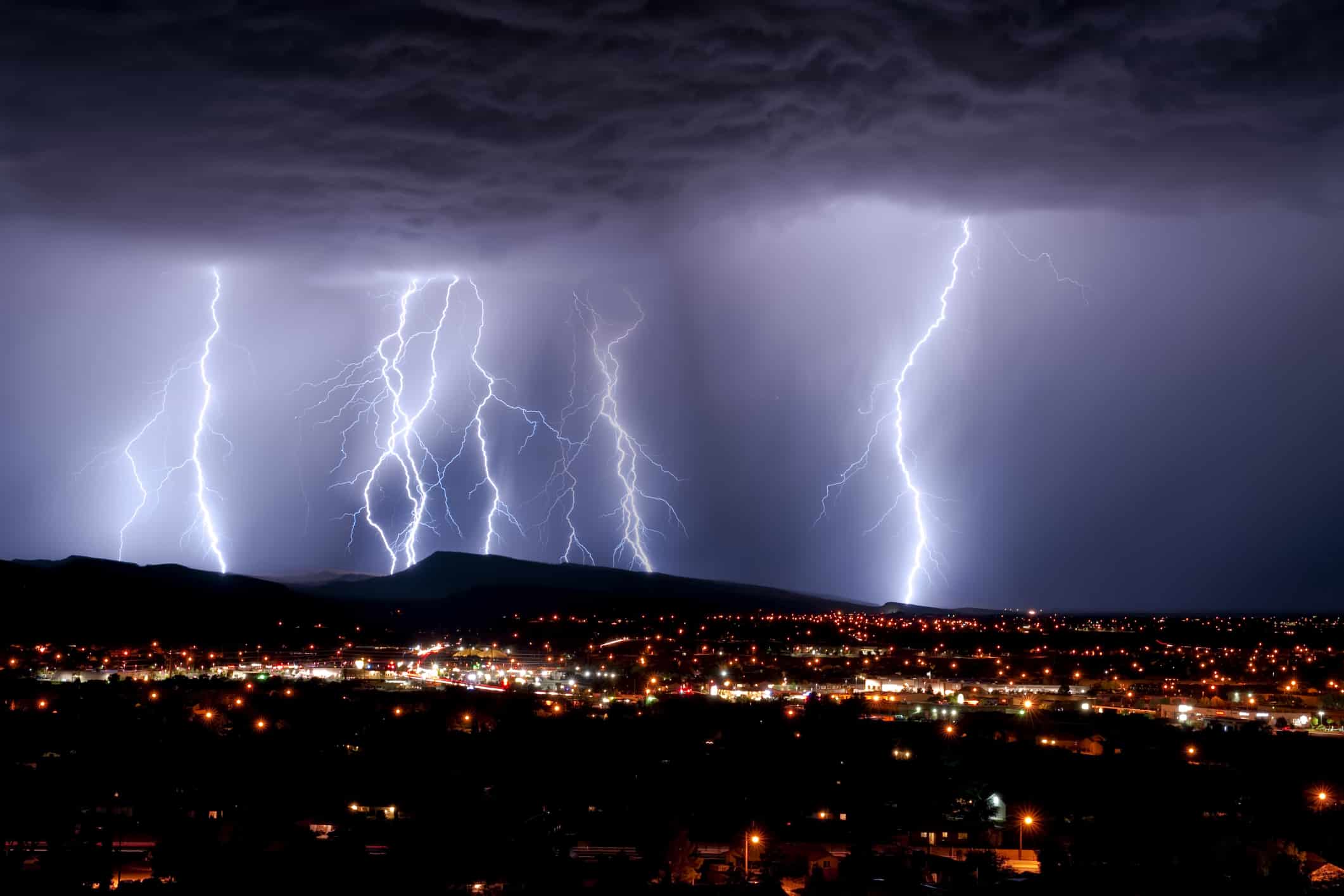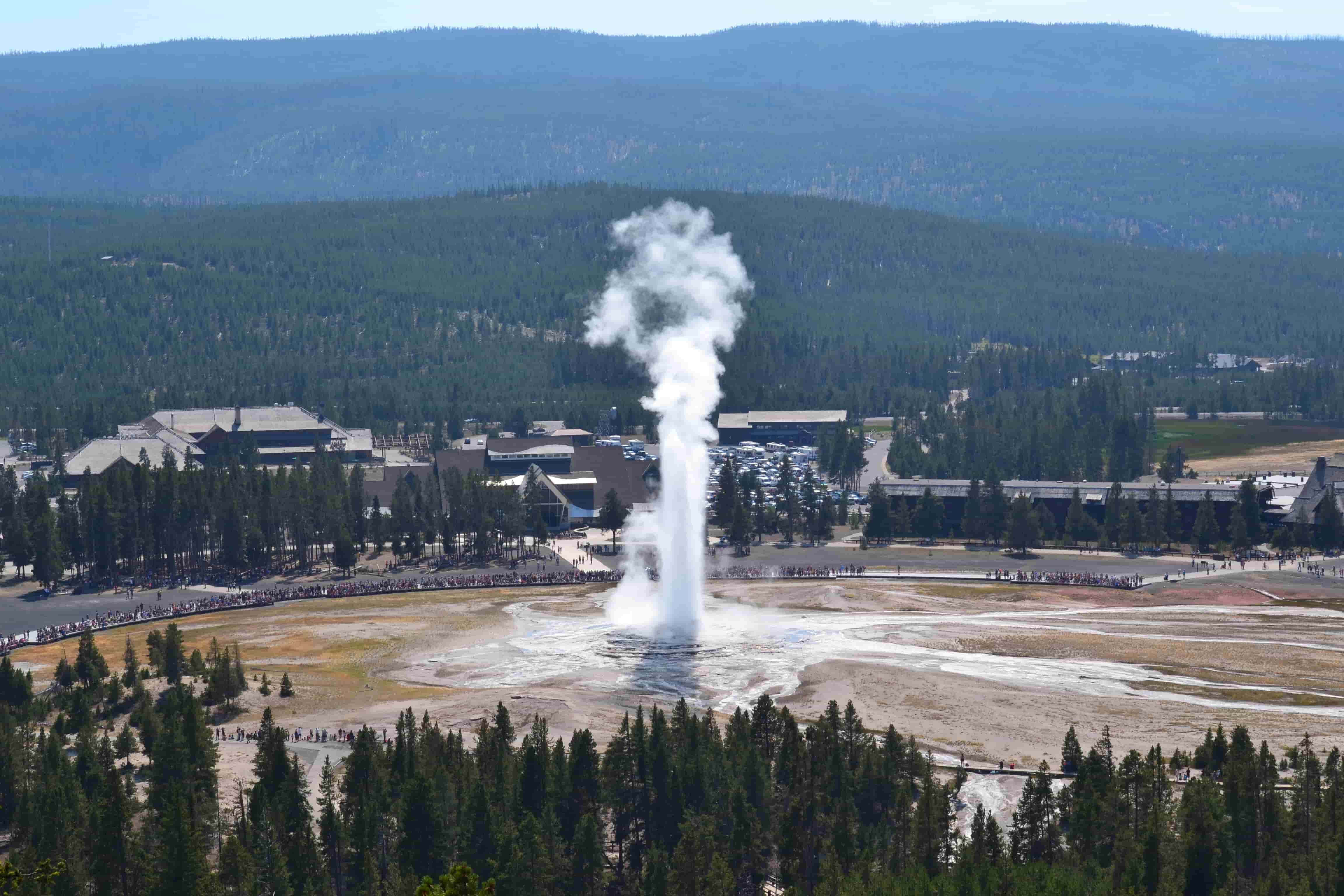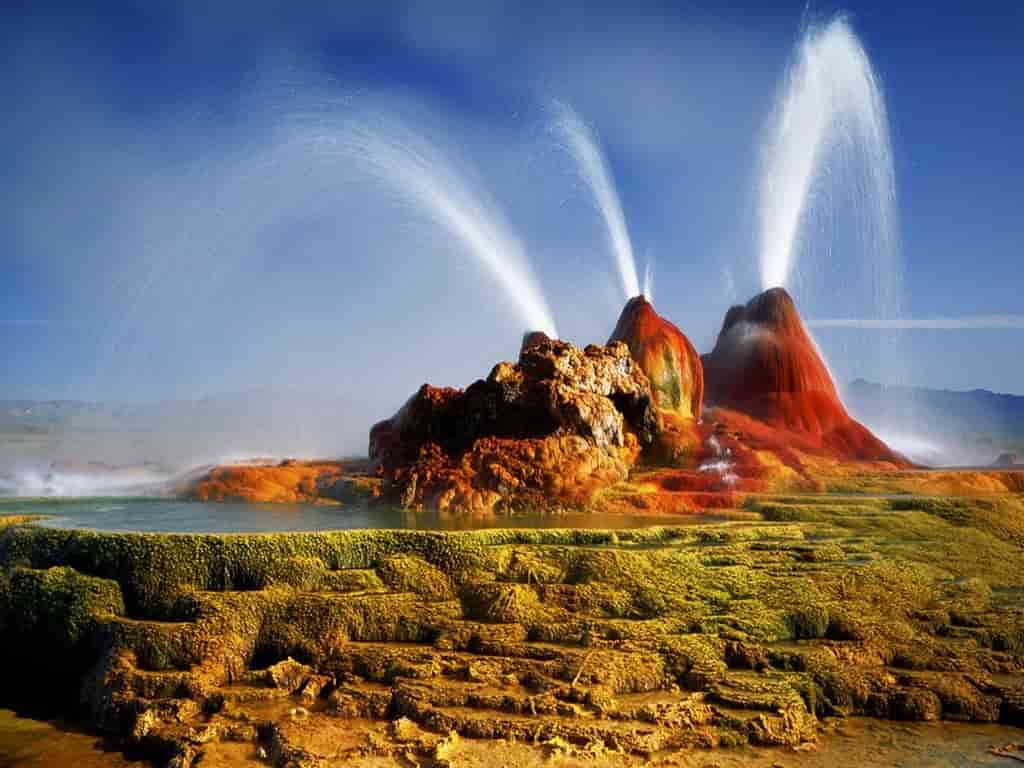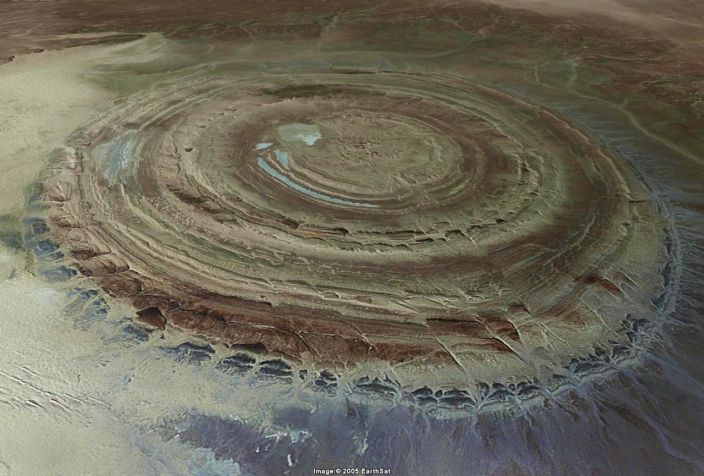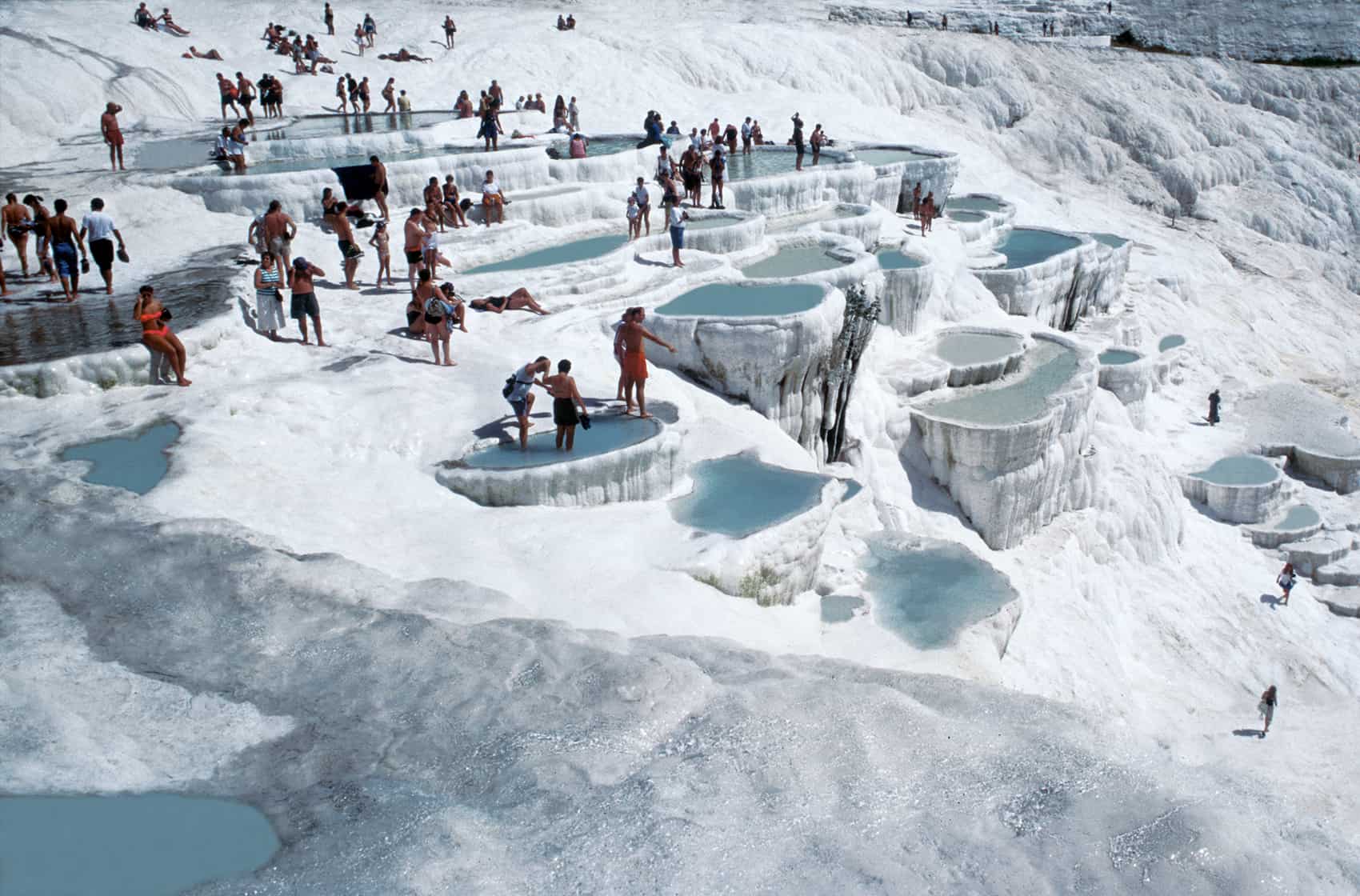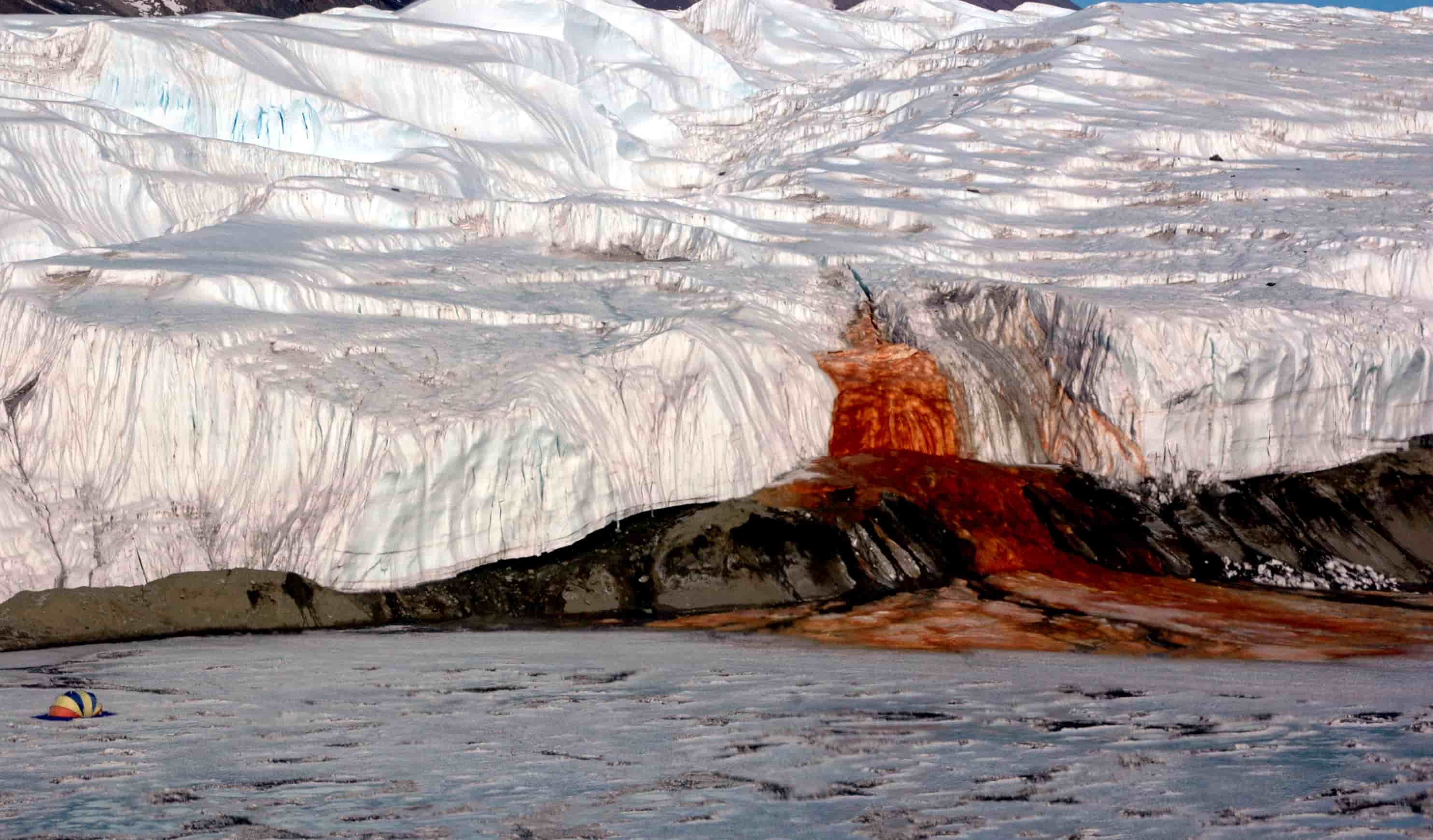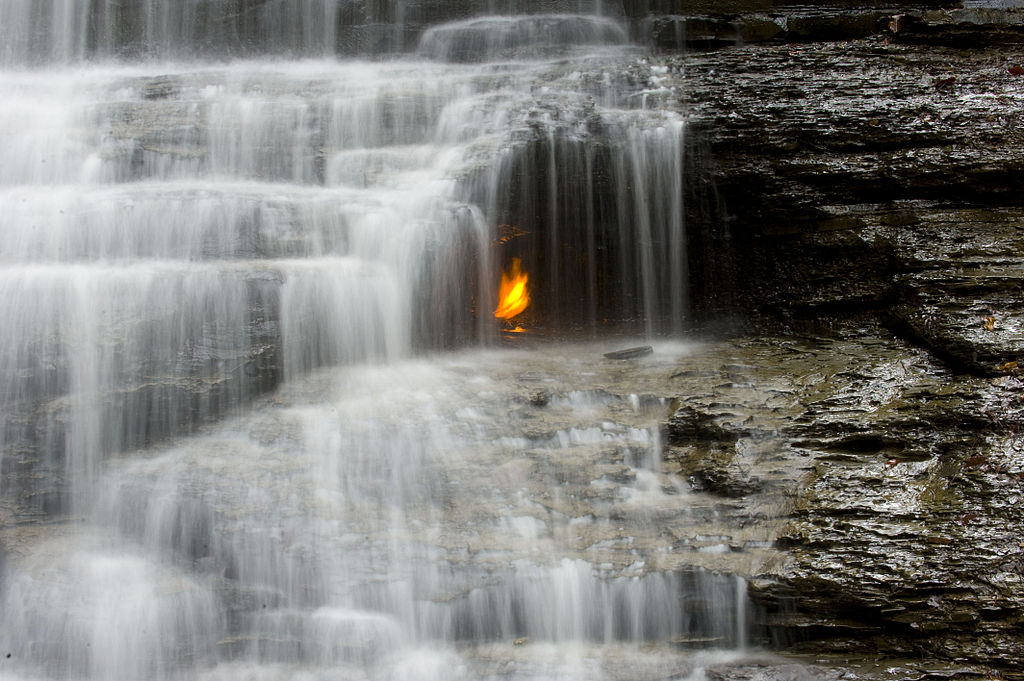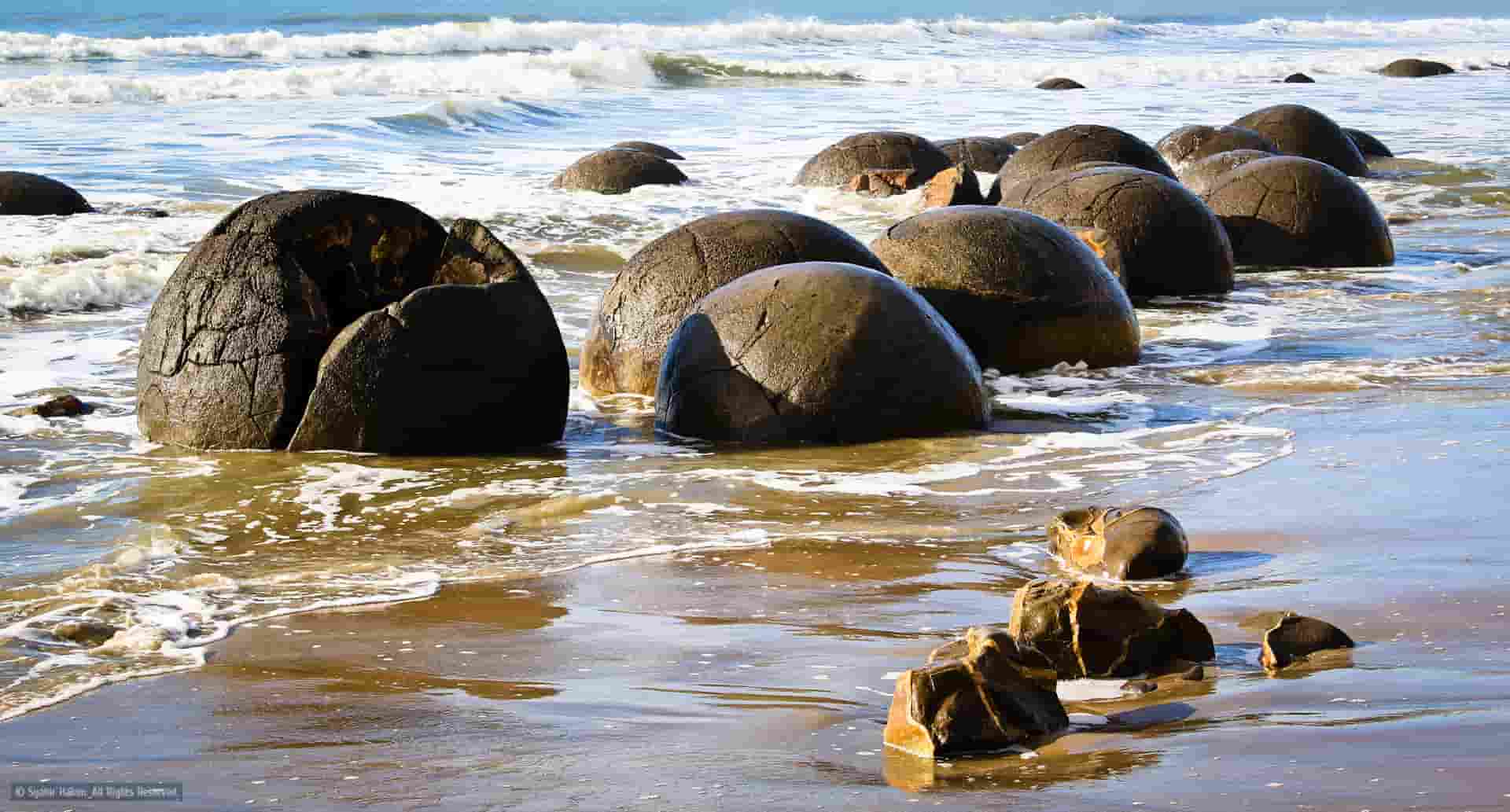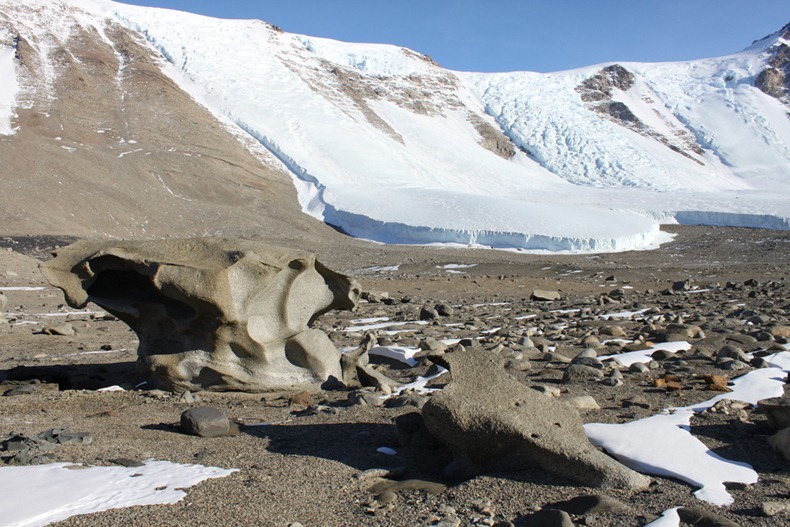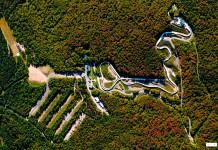Mysteries is always something that people enjoy. Everyone and anyone feels like they could come up with their own assumptions or theories of how, what or when something happened, and it could not be proven whether it is wrong or right.
10.Mount Roraima, Brazil
Mount Roraima is particularly unusual to look at because, rather than finishing in a peak like most mountains, its top is a large plateau. It’s thought to be amongst the world’s oldest geological formations, and its plateau was most likely created by winds and rains. The plateau is often cloaked with clouds, which are more often than not near the top of the mountain. It has a particularly large number of endemic species of flora and fauna – species that can can be found nowhere else on Earth. There’s no explanation as to why it has such an unusually large amount.
9.Relampago del Catatumbo, Ologa, Venezuela
Thanks to its humidity, its elevation and the clash of winds from the mountains and the sea, the southwestern corner of Lake Maracaibo in Venezuela has the world’s highest frequency of lightning activity (250 flashes per square kilometer per year).More than 200 nights per year, with peaks in May and October, lightning flashes fill the sky — sometimes 25 or more flashes per minute. To put that in perspective: The National Weather Service classifies anything over 12 strikes per minute as “excessive.” Named for the Catatumbo River, which flows from Colombia in to Lake Maracaibo, the Relampago de Catatumbo, or Catatumbo Lighting, has become a highlight for travelers who spend their nights wide awake and wide-eyed watching the spectacle.
8.Old Faithful, Yellowstone National Park
Yellow stone park claims the highest concentration of geysers of any place on Earth. Geysers are hot springs with plumbing challenges that result in eruptions. More than 300 can be found throughout the park, and none is more famous than Old Faithful. In fact, Old Faithful is the reason Yellowstone was designated a National Park — the first in the United States — in 1872.
Its name comes from the perceived regularity of its eruptions, which occur every 55 to 120 minutes and last for two to five minutes. The spectacular eruptions remain a source of fascination for the more than 3.5 million people who visit Yellowstone each year. The fact that the eruptions aren’t quite as regular as they might seem — and that the mean eruption interval seems to be lengthening — keeps geologists fascinated, too.
7.Fly Geyser, United States
Fly Geyser, located in the Nevada Desert, is a collection of three large, colorful mounds which continually shoot five feet of water straight up into the air. It was accidentally created in 1916, during a routine well-drilling. It worked normally until the 1960s, when heated geothermal water started spurting out through the well. Dissolved minerals began to accumulate and gradually built up into the large, colored mounds we see today. Fly Geyser is amongst the most secret places on Earth, as it’s located on private property and no tourists or sightseers are allowed in.
6.Richat Structure, Mauritania
The Richat Structure is also known as the Eye of the Sahara. It’s a distinct and prominent circular geographical feature in the Sahara Desert. At roughly 30 miles wide, you probably wouldn’t notice that you were within it, but from an aerial view – and even from space – it is highly visible. Originally, it was thought to be the product of an asteroid impact and later people thought it could have been created by a volcanic eruption. The main school, of thought today says that it was once a circular rock formation that has gradually been eroded. Several mysteries still surround the areas, such as why the structure is nearly a perfect circle and why the rings are equidistant from each other.
5.Travertine Pools of Pamukkale, Turkey
The Travertine Pools of Pamukkale are as wonderful to behold as they are ethereal-looking. Over the years, white travertine mineral deposits have built up in this area of hot springs, creating a series of white terraces. These natural pools are blindingly white and filled with clear blue waters. These strange terraced pools have been appreciated for at least 2,000 years, and they’re sure to last for many more.
4.Blood Falls, Antarctica
Most people won’t see Blood Falls in person, but even in photographs, the sight is arresting: a blood-red waterfall staining the snow-white face of Taylor Glacier. Glaciologists and microbiologists have sought to determine what causes the mysterious red flow. They’ve concluded that the source is a subterranean lake rich in the iron that gives the water its red hue. Stranger still, recent research has revealed microorganisms living 1,300 feet beneath the ice, sustained by the iron and sulfur in the water.
3.Eternal Flame Falls, Orchard Park, New York
Behind the cascade of a small waterfall in the Shale Creek Preserve section of Chestnut Ridge park in suburban Buffalo, New York, you might see what appears to be an optical illusion: a flickering golden flame. Actually, you’ll smell it before you see it, and amazingly, it’s real, fueled by what geologists call a macroseep of natural gas from the Earth below.
A geological fault in the shale allows about 1 kilogram of methane gas per day to escape to the surface, where, at some point, possibly the early 20th century, a visitor had the idea to set it alight. The water occasionally extinguishes the flame, but there’s always another hiker with a lighter to reignite it.
2.Moeraki Boulders, New Zealand
Large spherical boulders — some measuring 12 feet in circumference — are scattered on Koekohe Beach on the east coast of New Zealand’s South Island. They formed millions of years ago on the ancient sea floor, collecting and hardening sediment and minerals around a core such as a fossil or a shell similar to the way oysters form pearls.
They’re not the world’s only examples of what geologists call septarian concretions. You can also visit the koutu Boulder near Hokianga Harbour on the northwestern coast of New Zealand’s North Island, for example. Yet the Moeraki Boulders are some of the world’s largest. The particulars of their origin and what caused the distinctive cracks inside them are still being studied.
1.McMurdo Dry Valleys, Antarctica
The McMurdo Dry Valleys could be the most secret place on Earth. This little-known area is one of the most extreme deserts and perhaps the driest place in the world – receiving just 4 inches of precipitation each year – but strangely it’s located slap bang in the middle of the usual ice and snow of Antarctica. Rather than being covered in snow, this bleak and barren landscape is completely bare. The area even lacks any terrestrial vegetation, although some lichens, mosses and nematodes live there. Scientists have said that the Dry Valley area is probably the place on this planet that is most similar to the environment on Mars.

